What could Fallout 4 do better than its predecessor, now that we know the game’s coming, possibly by year’s end? I mean besides the obvious stuff, like better graphics? (Reminder: it’s been seven years since Fallout 3.) Fallout 4‘s form and fate lie in its creator’s hands. But here’s a humble list of changes or additions I’d like to see:
A better ending (or endings)
Remember Fallout 3‘s denouement? The anticlimactic full stop? I know, it’s about “the journey,” and no argument there, but Bethesda caught enough flak about its wrap-up that it eventually removed the stop entirely, letting you brush past the finale to keep rambling around the game’s gorgeously bleak tracts. It’s probably safe to assume there’ll be no terminal paths in Fallout 4, I’m just hoping director Todd Howard has a finale (or finales) in mind that doesn’t feel as sudden and dissociative as Fallout 3‘s did.
Will the player finally speak?
Speaking of dissociation, Bethesda’s games have a significant Achilles heel that may in part explain why I found Fallout 3‘s ending so lifeless: everyone can speak but you in these games. When you do speak, it’s in silent, selectable sentences.
Which would be kind of awesome were you supposed to play a voiceless character. But that’s not what’s going on in Bethesda’s games. The rationale, I assume, is that recording all the voice work necessary to establish a palette of unique vocal types, carried through start to finish, would be insane, or at least insanely expensive. So we get the “voiceless vault dweller” compromise, the pro argument—weak, in my view—being that you can just make up any old voice you want to hear in your head.
MORE: This Is Microsoft’s Big Secret Windows 10 Feature
But maybe not Fallout 4. I’m cautiously hopeful change is in store here, because the iconically vault-clothed fellow at the end of the game’s debut trailer—possibly the protagonist, though who knows?—speaks.
A setting outside the United States?
Dang it, too late: based on the landmarks in the trailer, Fallout 4 is set in Massachusetts.
Intelligent artificial intelligence
Fallout 3‘s quasi-turn-based body targeting combat system (V.A.T.S., or “Vault-Tec Assisted Targeting System”) was amazing in principle, until you figured out the game’s anemic enemy A.I. Once you’d mastered headshots, since enemies couldn’t be bothered to protect their eggshell noggins, battles were more or less cranium-splatting busywork.
I’m not asking for impossible challenges, I just want Fallout 4 to hide the stupidity better. Make enemies more aware of where they are and what they’re up against, and telegraph that awareness to the player somehow.
A more thought-provoking post-apocalypse
I don’t need a bunch of empty-headed small talkers wandering through expanses to fill some social quotient—it’s the nearly-everyone’s-dead-post-apocalypse, not Times Square, after all. If you want vibrant people-choked cities, go play Grand Theft Auto V.
But there’s plenty Bethesda could do to make the Fallout series’ desiccated vistas more absorbing, meter by lunar meter. If I’m going to eek out a hardscrabble existence, poking around in post-kitsch-1950s rubble, reward me with landscapes that tell stories, where exploration and discovery (of a thing or person or topographical anomaly) becomes an extension of the world-building narrative, and thereby its own reward.
My favorite moments in Fallout 3 weren’t combat or mission related, they occurred during the game’s quieter stretches, alone in the wilderness, when I’d come across something innocuous, maybe some scrap of information, or a carefully articulated architectural detail, that enriched my sense of being in the world itself.
See The 15 Best Video Game Graphics of 2014




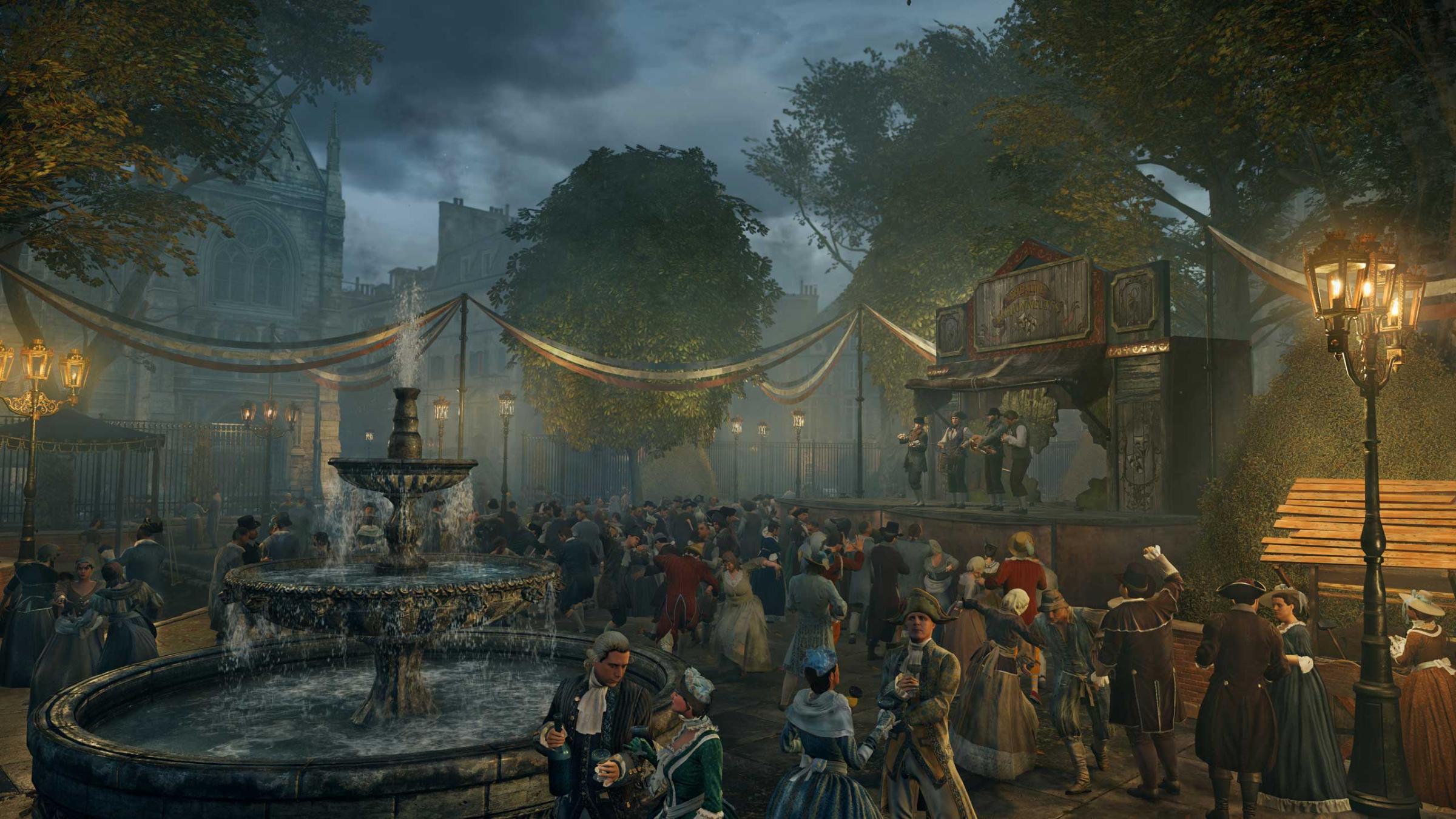
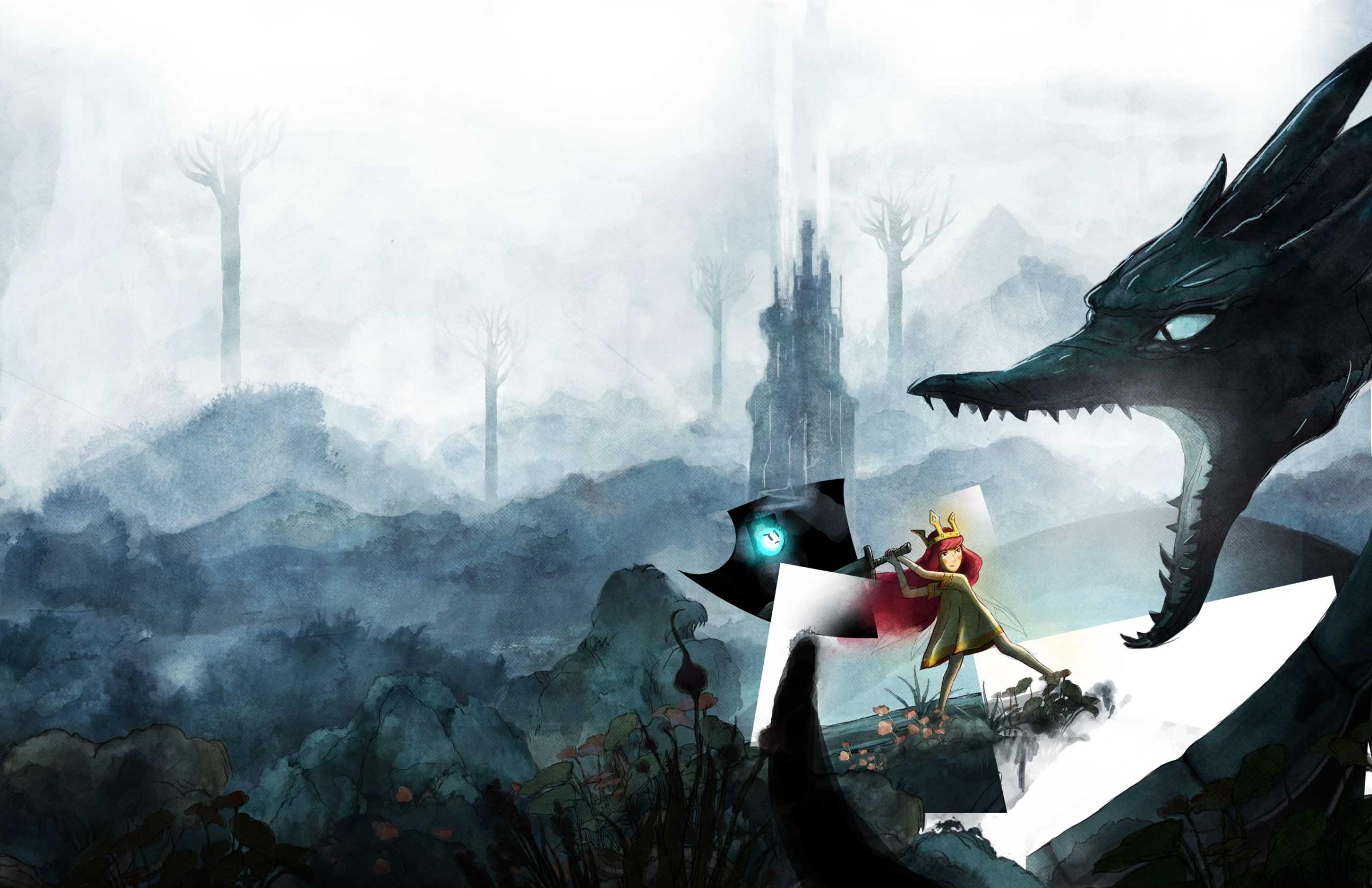
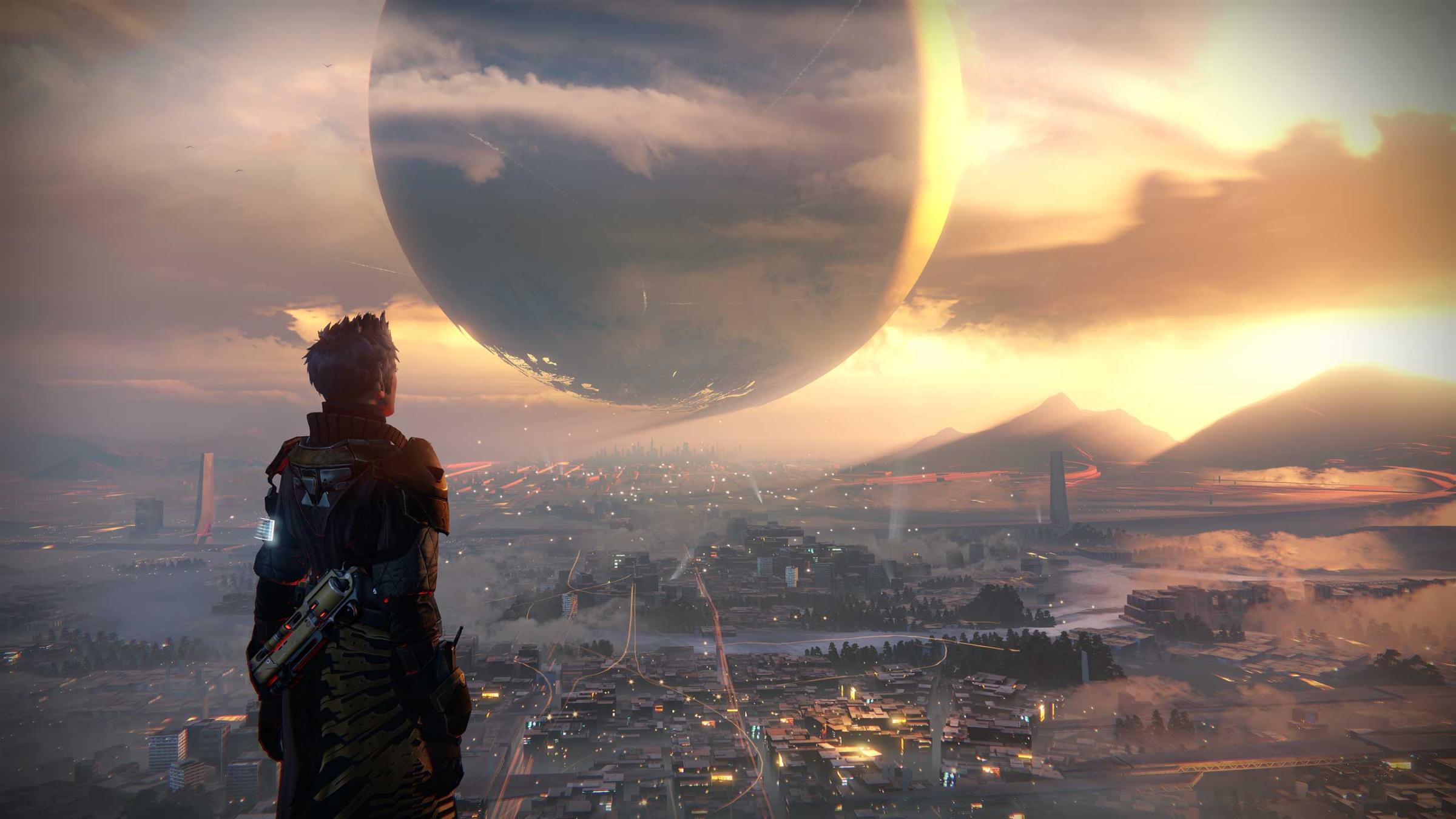
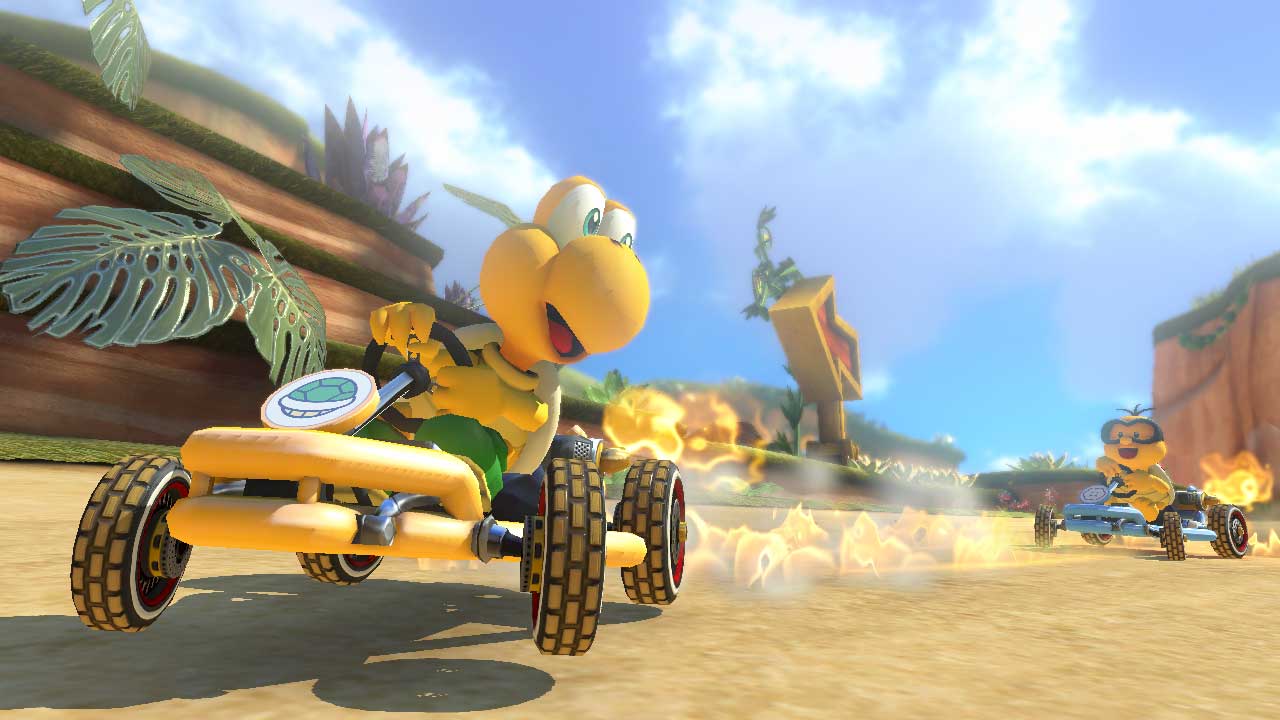
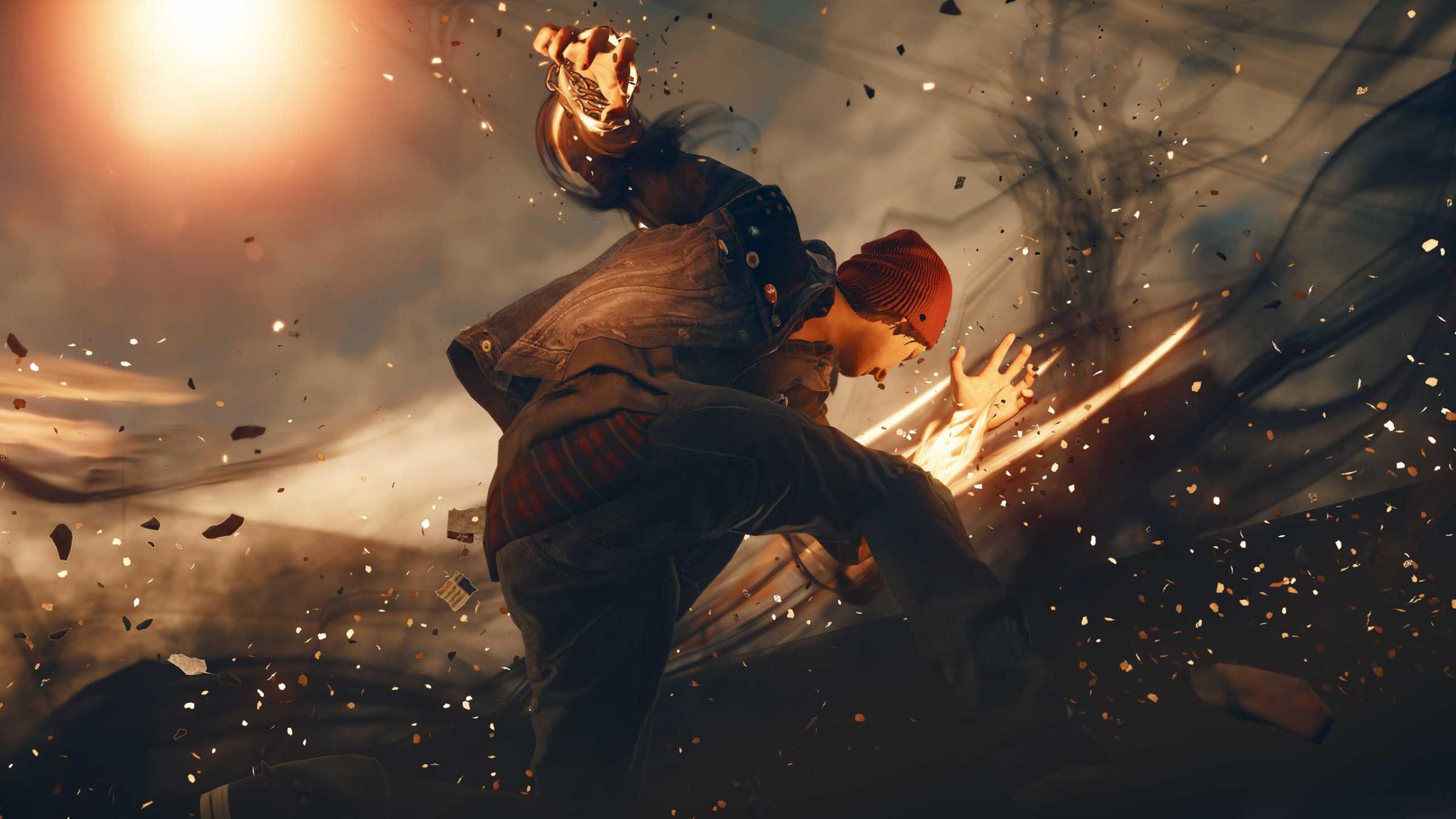


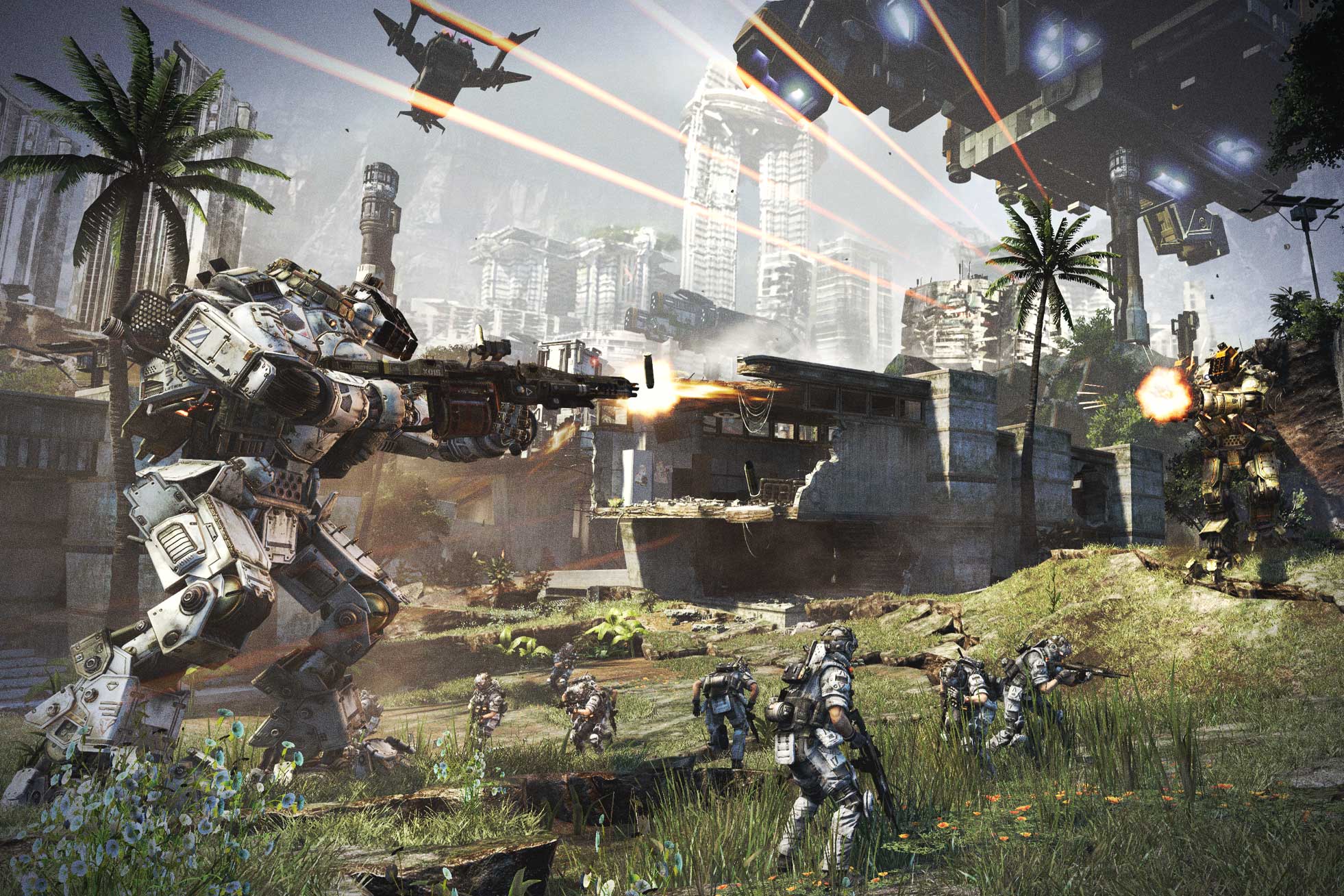
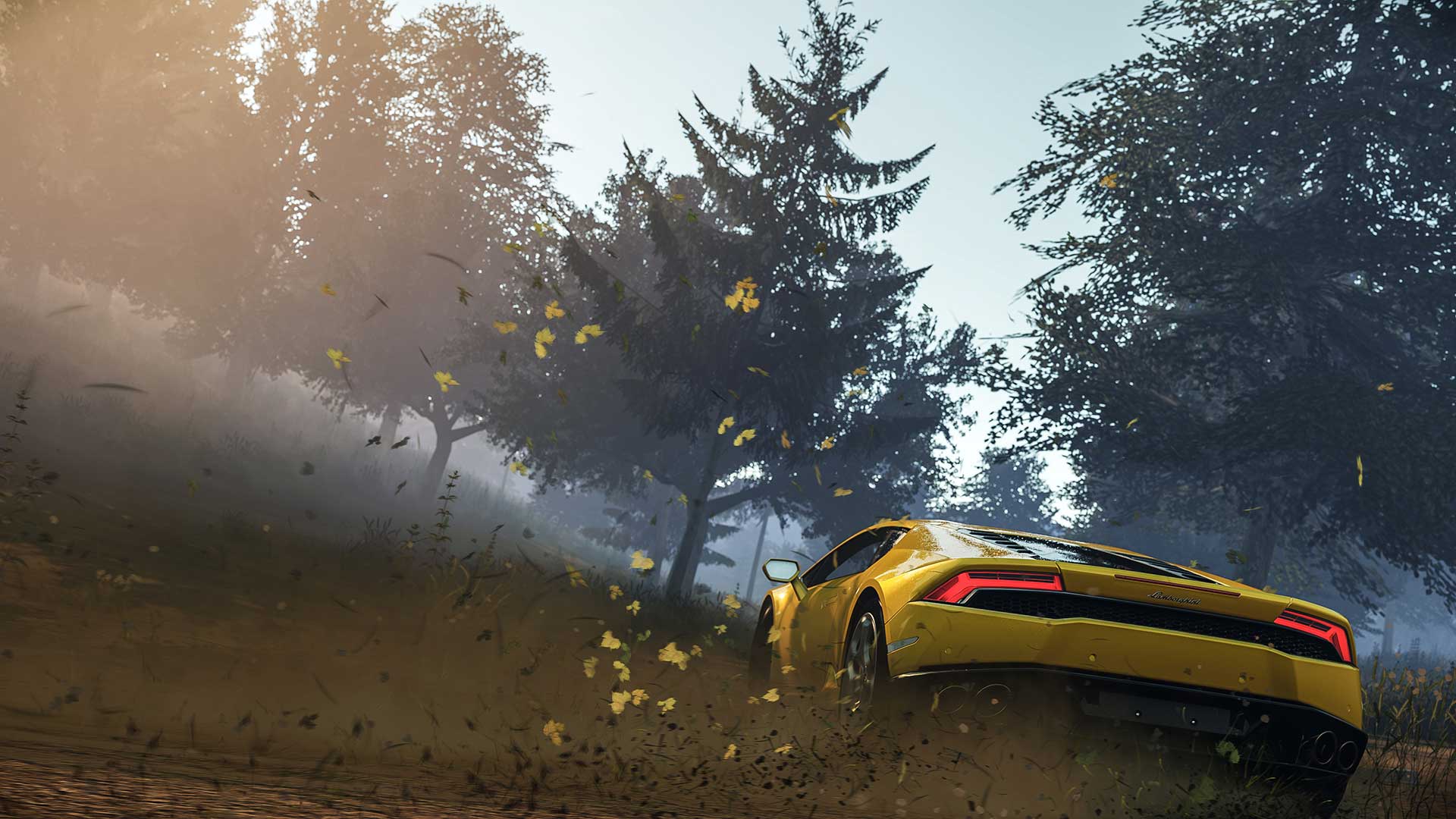

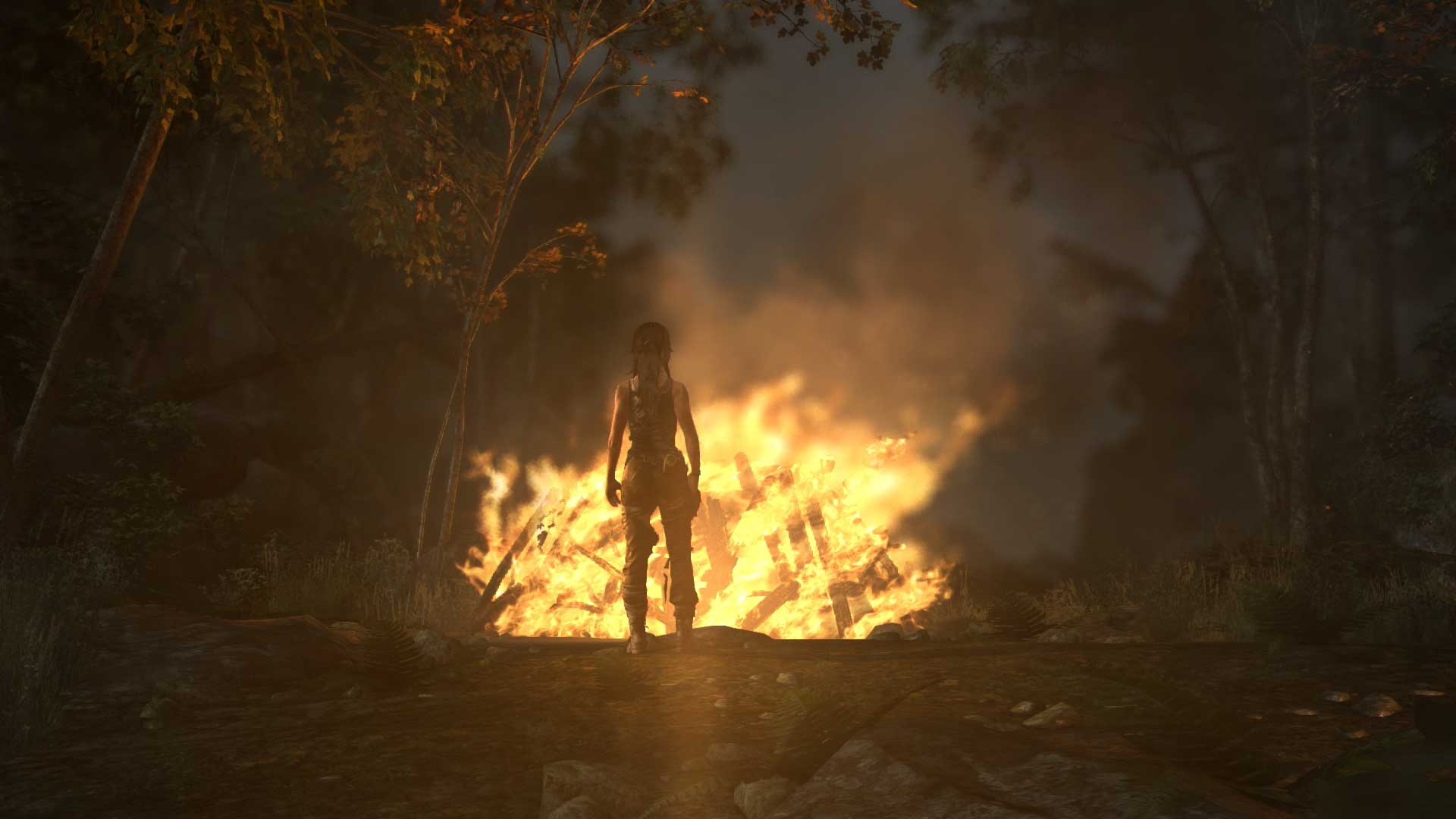
Minimized clutter
Richard Garriott (the Ultima computer roleplaying series) got a lot of us pretty excited in the 1980s, when he hyped giving every knife, spoon and fork in his games discrete, interactive physical attributes. This was back when adventure games were still a big deal, and 99% of the stuff an artist rendered onscreen was basically eye candy.
Decades later, mulling over the wastepile’s worth of junk Bethesda’s crammed into its clearly Ultima-inspired game worlds to scratch that there-for-there’s-sake fetish, I’d say it’s high time for object restraint. If I can pick up a filth-lacquered plate, I want it to be for a reason…like jamming it into a modified compound crossbow (weaponized dinnerware!), not schlepping to a caravan merchant for chump change.
Vehicles!
Why not?
Read next: The 15 Most Anticipated Video Games of Summer 2015
More Must-Reads from TIME
- Donald Trump Is TIME's 2024 Person of the Year
- Why We Chose Trump as Person of the Year
- Is Intermittent Fasting Good or Bad for You?
- The 100 Must-Read Books of 2024
- The 20 Best Christmas TV Episodes
- Column: If Optimism Feels Ridiculous Now, Try Hope
- The Future of Climate Action Is Trade Policy
- Merle Bombardieri Is Helping People Make the Baby Decision
Write to Matt Peckham at matt.peckham@time.com